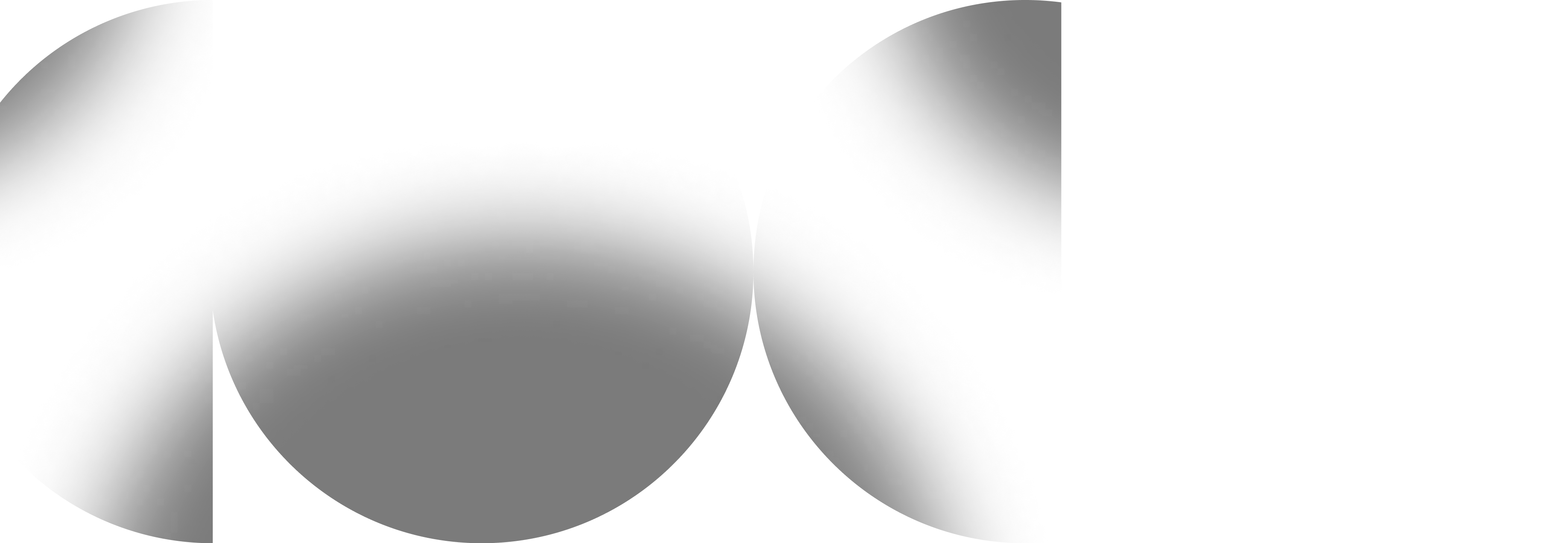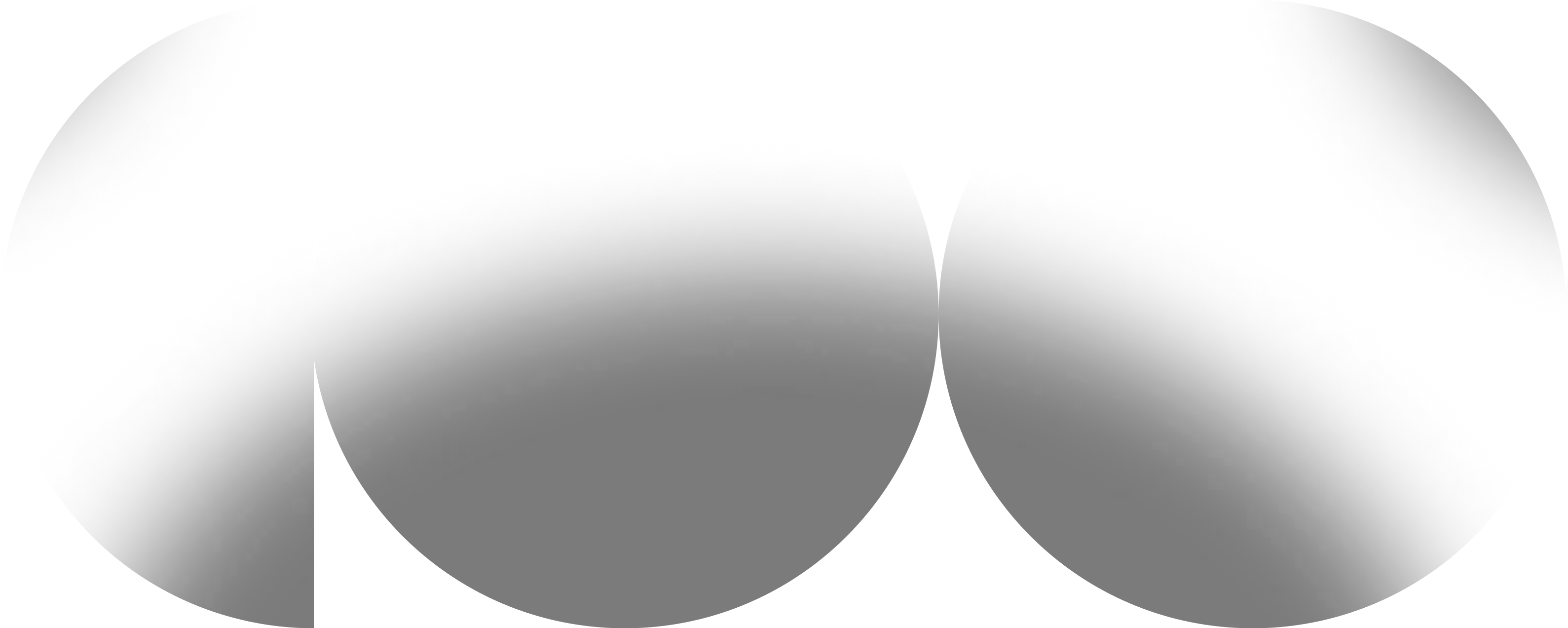

get in touch
with
Thank you for reaching out!
We'll be in touch.
Unlock the power of data with effective visualization dashboards. At DHNN™, we turn raw information into actionable insights, helping decision-makers spot trends, allocate resources, and track progress effortlessly. Discover how our tailored designs make complex data clear and impactful.
Data visualization dashboards serve as essential tools for decision-makers. By combining numbers, charts, graphs, and other graphics, dashboards focus attention on key metrics. This high-level view enables users to spot problems early, allocate resources effectively, and measure progress over time.
Effective dashboards present complex data in clear and engaging ways. Dynamic designs enhance understanding and help users draw actionable insights quickly. Dashboards are not just about displaying data; they are about telling a story with the data.
Creating these dashboards requires an understanding of both data and design. The goal is to turn raw data into a narrative that drives decisions. At DHNN™, we specialize in delivering dashboards that combine form and function, ensuring data is both accessible and impactful.
Data visualizations are charts, graphs, and maps that show information visually. They help present data to clients, share research findings, and analyze personal data. These visuals make complex data easier to understand, revealing patterns, trends, and outliers quickly.
Dashboards gather data visualizations on one screen. They support specific processes or goals by showing key information at a glance. Dashboards use easy-to-understand visuals, often without needing much interaction. This makes them great for decision-makers who need to check performance metrics and make choices based on current data.
At DHNN™, we create top-notch data visualizations and dashboards tailored to our clients' needs. Our work turns raw data into clear insights, helping people understand and make smart decisions. For more details on how we transform complex data into compelling narratives, explore our Data Visualization & Data Storytelling solutions.
Effective data visualizations clearly and efficiently communicate data, leveraging visual elements like charts, graphs, and maps. These elements simplify complex information, making it accessible and comprehensible.
A good visualization uses colors, shapes, and patterns to highlight key data points. This allows users to quickly identify trends, patterns, and outliers, fostering better decision-making.
Static visualizations are ideal for presenting large amounts of data concisely. They are best for complex datasets where interaction is not necessary. These visualizations provide a clear snapshot of data, perfect for reports and presentations.
Interactive visualizations offer users the ability to explore data in depth. They allow manipulation of data to uncover new patterns or trends, making them suitable for dashboards and analytical tools.
In dashboards, visualizations should support the overall purpose. Logical grouping of related metrics and choosing the most fitting visualization type is essential. This ensures that users can quickly understand and act on the data presented.
At DHNN™, we specialize in creating dynamic and empathetic designs that transform raw data into actionable insights. Our visualizations are crafted to enhance understanding and drive informed decisions, ensuring data is both accessible and impactful. For more information on our approach to data visualization and storytelling, explore our Data Visualization & Data Storytelling solutions.
Choosing the right visualizations is crucial for effective data communication. The right choice highlights patterns, trends, and insights, while the wrong one can obscure information and lead to incorrect conclusions.
Accuracy in presenting data is paramount. Ensure scales, labels, colors, and styles are correctly applied to avoid misinterpretation. Consistency aids in readability, guiding users to draw accurate conclusions.
At DHNN™, we emphasize selecting appropriate visualizations to transform raw data into actionable insights. Our expertise ensures that data is not just presented, but effectively communicated for informed decision-making. For more on how we create engaging data narratives, explore our Data Visualization & Data Storytelling solutions, which highlight our approach to turning complex data into clear and effective presentations.
Building effective dashboards requires a blend of art and science. The goal is to present data in a way that is easily digestible and actionable. Avoiding information overload is crucial. Users should be able to grasp the most important insights at a glance without feeling overwhelmed.
Effective dashboards focus on clarity and simplicity. Complex data should be distilled into key metrics and visualizations that tell a clear story. This ensures that decision-makers can quickly understand the data and make informed choices.
Common mistakes in dashboard design can hinder performance and usability.
Building faster dashboards at scale involves several strategies.
At DHNN™, our expertise in data visualization ensures that dashboards are both effective and efficient. We transform raw data into actionable insights, enabling quick comprehension and informed decision-making. For more information on how we create engaging data narratives, explore our Data Visualization & Data Storytelling solutions.
Data visualization dashboards are critical tools for decision-makers, offering a high-level view of key metrics. They help identify problems early, optimize resource allocation, and track progress over time. Effective dashboards tell a story with data, transforming raw information into actionable insights.
Understanding the distinction between data visualizations and dashboards is essential. Visualizations like charts and graphs present data clearly, revealing patterns and trends. Dashboards compile these visualizations on one screen, providing a quick overview of essential information for specific tasks or goals.
Creating impactful visualizations involves using visual elements such as colors, shapes, and patterns to highlight key data points. This enhances clarity, efficiency, and relevance, making complex data accessible and comprehensible.
Building effective dashboards requires balancing art and science. Focus on clarity and simplicity to avoid information overload. Users should grasp key insights quickly and make informed decisions without feeling overwhelmed. Common mistakes include inefficient queries, lack of caching, and using non-optimized databases. Optimizing queries, using TTL on tables, and leveraging streaming data sources ensure efficient, scalable dashboards.
At DHNN™, we excel in transforming raw data into meaningful visualizations and dashboards. Our designs enhance understanding and drive informed decisions, ensuring data is presented accurately and effectively.
View more
Obviously, this website uses cookies.
view policy